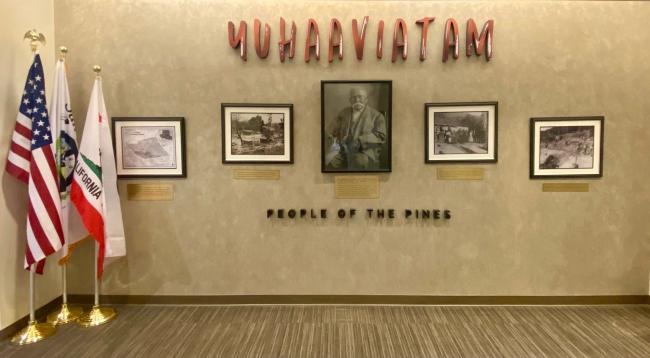

Regulatory Framework

In 1987, the United States Supreme Court’s landmark decision in favor of the Cabazon Band of Mission Indians, (California v. Cabazon Band of Mission Indians, 480 U.S. 202 (1987), recognized the Tribal government’s sovereign right to regulate gaming on their reservations. The United States Congress passed the Indian Gaming Regulatory Act (IGRA) the following year in response to the Supreme Court’s decision. IGRA classifies the various forms of gaming into different classes and establishes regulatory jurisdiction for each class.
Tribal government creates a regulatory structure for all gaming on its reservation, with additional oversight from the Federal Agency (National Indian Gaming Commission) for Class II or State Gaming Agencies (Bureau of Gambling Control and California Gambling Control Commission) for Class III which requires a compact between both Tribal and State governments. The Yuhaaviatam of San Manuel Nation (Nation) enacted the San Manuel Gaming Act of 1989 (Gaming Act) creating the regulatory structure for gaming and establishing the San Manuel Tribal Gaming Commission (SMTGC) to be the Nation's regulatory agency for gaming.

Key Regulatory Events in Tribal Gaming


California v. Cabazon
US Supreme Court ruling allowing gambling for tribes
Indian Gaming Regulatory Act (IGRA)
Congressional Act establishing regulatory structurefor Tribal Gaming and creating the NIGC
San Manuel Gaming Act
Nation's gaming ordinance required by IGRA
Prop 5
Ballot initiative – Class III Gaming Compact – Changed based on CA Constitution
Agreement between State and Tribe allowing Class III gaming
Ballot initiative – Class III Gaming Compact – Changed based on CA Constitution
25 CFR 542 Minimum Internal Control Standards (MICS)
NIGC establishes Federal Gaming Regulation
Prop 1A
Ballot initiative that amends the CA Constitution to allow Class III Gaming Compact
Colorado River Indian Tribe (CRIT) v. NIGC
Court ruled that the NIGC lacked authority over Class III gaming
CGCC-9 Tribal Class III MICS & Oversight
In response to CRIT, California creates an intermediary regulatory structure for Class III oversight
25 CFR 543 Class II MICS & 25 CFR 547 Class II Technical Standards
After the CRIT decision, NIGC creates Class II only MICS & technical standards for Class II gaming systems
25 CFR 542 Class III MICS issued as guidance
Lacking the authority to regulate Class III, the MICS becomes a guidance document that, based on the compact, may be required
San Manuel Tribal Gaming Commission

The Nation has empowered San Manuel Tribal Gaming Commission (SMTGC), through the Gaming Act, to be the primary regulator protecting game integrity, ensuring compliance, and guarding the reputation of the Nation's gaming operation. As the primary gaming regulator, the SMTGC is responsible for promulgating regulations, preventing wrongdoing, licensing individuals to prevent bad actors from corrupting the industry, monitoring through surveillance, and protecting game integrity. Some of the wide-ranging duties of the SMTGC include catching game cheats, citing potential policy violations, permitting construction in accordance with building codes, enforcing health and safety standards, investigation patron gaming disputes, and testing gaming technology.

